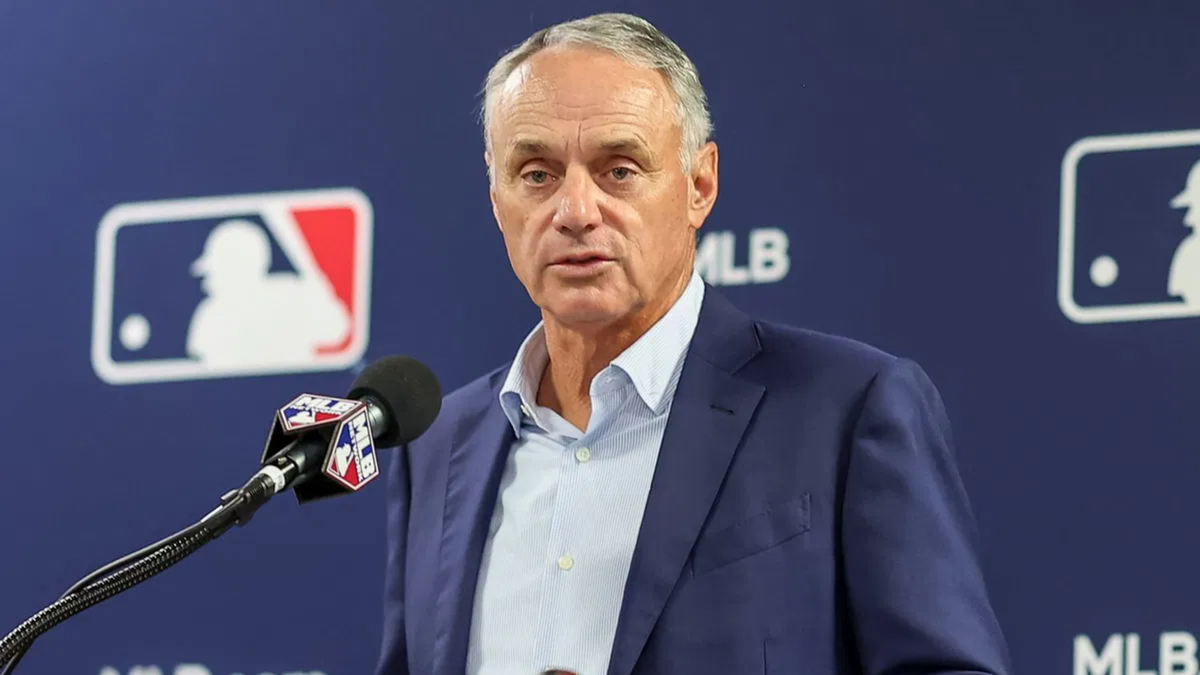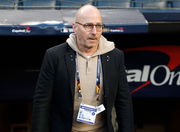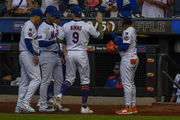
Imago
Image: MLB.com

Imago
Image: MLB.com
Major League Baseball has a long, often bitter history of fights between owners and players, and while the new labor deal may have brought short-term peace, it feels more like a cease-fire. The CBA expires in December 2026, which means there’s another war on the horizon. Beneath the surface of the current game, old resentments are simmering, set to boil over into a fresh, public confrontation.
Watch What’s Trending Now!
At a recent investor event, MLB Commissioner Rob Manfred revealed a bold and aggressive plan. He stated his new “strategy is to get directly to the players.” Manfred suspects that the leadership of the union is preventing progress on essential economic changes. “I don’t think the leadership of this union is anxious to lead the way to change,” he said. And so, he says, “We need to energize the workforce” to get them supportive of a new system. This public announcement was a clear slap in the face to the MLB players’ union.
David Samson, the former Marlins president, called this a “major statement.” Samson said on his podcast that Manfred views a “mismatch” between union leaders and the players. He cited the 2022 CBA vote as evidence. The powerful Executive Subcommittee of the union voted against the deal, but it was approved by the rank-and-file players. Samson added that when you can “drive a stake between players, it’s a winner” for ownership. Now Manfred is openly exploiting that very division.
ADVERTISEMENT
Samson described Manfred’s strategy as “genius.” The plan is to appeal directly to the majority of players. By promising to raise the minimum salary, owners can win over younger players. These players make up a huge part of the union. While they focus on that immediate gain, the league can quietly limit overall payroll. Samson explained ownership’s thinking: “You’re going to love it because your leadership is going to lie to you… But you’re going to vote for it at the bottom because we’re going to explain it to you.“
The players’ union immediately fired back at the commissioner’s comments and his math. Manfred claimed that only “10% of our players earn 72% of the money.” MLBPA Executive Director Tony Clark called this a “sales pitch… full of misleading or downright false statements.” Clark accused the commissioner of trying to “drive a wedge between players” instead of negotiating in good faith. This public clash over facts and figures has now thrown gasoline on an already smoldering fire.
This war of words isn’t just a simple disagreement; it’s a calculated prelude to a much larger conflict. To understand where this is heading, one must look at the cracks that already exist.
ADVERTISEMENT
A familiar battleground: The road to 2026
The 2022 CBA vote exposed a divide deep within the players’ union. None of the Executive Subcommittee’s eight powerful members voted for the deal. That group featured superstars such as Gerrit Cole, Max Scherzer, and Francisco Lindor, and many more. They believed the deal did not resolve enough of the league’s central economic woes. But the agreement was approved in an overall vote of 26-12. That demonstrated a very clear divide between the union’s leadership and its younger membership, a vulnerability that Manfred is now seizing upon.
ADVERTISEMENT
At the heart of this conflict is the owners’ long-held desire for a salary cap. MLB is the lone major American sports league that doesn’t have one. Owners argue that a cap and floor system would create “cost certainty” and improve competitive balance. The MLBPA, however, has fiercely resisted a cap for decades. They see it as an artificial limit on what players can earn and a violation of free market principles. This fundamental difference will be the primary fight of 2026.
The history of baseball is loaded with more than one labor dispute that has damaged the reputation of the game. The 1994 players’ strike is best known for the World Series being canceled. More recently, a 99-day lockout pushed the start of the 2022 season into April. That pattern of acrimony suggests that even a new agreement without another work stoppage will be extremely difficult to achieve. The two sides are already digging in, ready for a fight that could threaten the beginning of the 2027 season.
Top Stories
Blue Jays’ Hidden Motive Behind $37M Ex-Mets Heist Surfaces as Trey Yesavage Receives Major Boost

Craig Breslow Told to Save Face With One Final Act Before Anticipated Red Sox Firing

Blue Jays to Show Exit Door to 3 Playoff Stars as Ross Atkins Plans Major Changes: MLB Winter Meeting Rumors

Blue Jays Retaliate Back on Japanese Babe Ruth Plan After Yankees & Brian Cashman Try to Sabotage Offseason Plan

Mets To Show Exit Door to 22-Year-Old Pitcher After Surprise Francisco Lindor–Brandon Nimmo Revelation

The lines of battle for the next baseball war have been effectively drawn now. Commissioner Manfred has waged a war to split the players, and cripple their union from inside. The MLBPA, in turn, is ready for a fight that will loyally represent the interests of all its members. There will be more public statements and strategic shifts in the coming months from both sides. To those who follow the game, it’s obvious the fight for baseball’s financial future already is underway.
ADVERTISEMENT
ADVERTISEMENT
ADVERTISEMENT
ADVERTISEMENT

